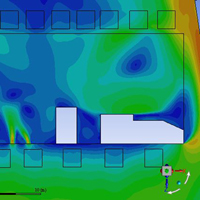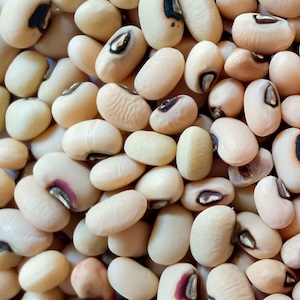Improving natural ventilation in renovated free-stall barns for dairy cows: Optimized building solutions by using a validated computational fluid dynamics model

All claims expressed in this article are solely those of the authors and do not necessarily represent those of their affiliated organizations, or those of the publisher, the editors and the reviewers. Any product that may be evaluated in this article or claim that may be made by its manufacturer is not guaranteed or endorsed by the publisher.
Authors
Natural ventilation is the most used system to create suitable conditions, removing gases, introducing oxygen in livestock buildings. Its efficiency depends on several factors and above all on the number, the dimensions and the position of wall openings and internal layout of livestock buildings. The aim of this research was to develop optimized layout solutions for improving natural ventilation effectiveness in free-stall barns for dairy cows by using a CFD approach. A validated computational fluid dynamics (CFD) model was applied in a case study which is highly representative of building interventions for renovating the layout of free-stall barns for dairy cows located in an area of the Mediterranean basin. Firstly, dairy cow behaviour was analysed by visual examination of time-lapse video-recordings. Then, simulations were carried out by using the validated CFD model and changing the position of internal and external building elements (i.e., internal office and external buildings for milking) in order to find the best condition for the thermal comfort of the animals. The results showed that the best conditions were recorded for a new configuration of the building in terms of air velocity distribution within the resting area, the service alley and the feeding alley for dairy cows, and in the pens for calves. In this new layout, the office areas and the north-west wall openings were located by mirroring them along the transversal axis of the barn. Therefore, the CFD approach proposed in this study could be used during the design phase, as a decision support system aimed at improving the natural ventilation within the barn.












